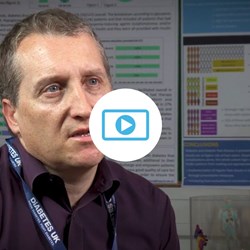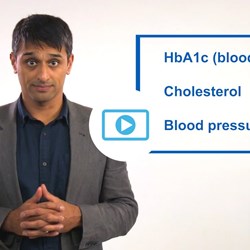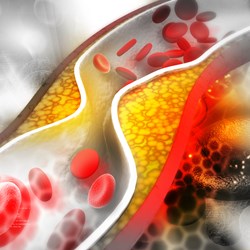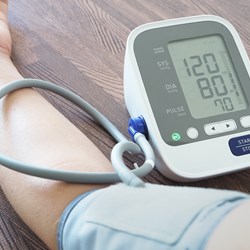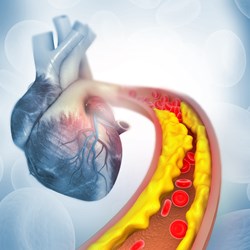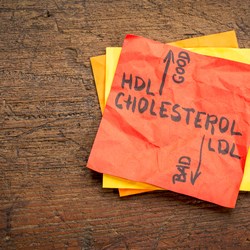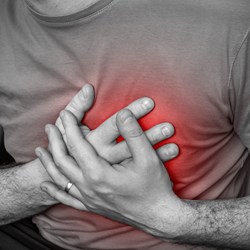Heart and Vascular Disease
Cardiovascular or vascular disease is the most common complication associated with diabetes. It can result in heart attacks and strokes.
Fatty lumps including cholesterol can build up in the arteries which means it’s harder for red blood cells carrying oxygen around the body to get through. This is known as atherosclerosis or ‘hardening’ or ‘furring’ of the arteries.
High blood glucose (sugar), high blood pressure and high cholesterol all contribute to this hardening of the arteries. Damage to the blood vessels reduces oxygen flow around your body, and this poor circulation can also affect many parts of your body, such as the brain, your eyes and feet.
You can help prevent heart disease by controlling your blood pressure and your blood glucose and cholesterol levels; not smoking; exercising; eating a healthy diet, maintaining a healthy weight and taking any medications that are prescribed.
To find out more about the heart and vascular disease and diabetes, register for our Understanding Type 1 Diabetes eLearning course and have a look at our resources below. The Local Services section of the website also has lots of information about what support is available in your community, such as exercise groups, cooking classes or stop smoking services.
Advanced Search
Resource type -
Language -
Type of diabetes -

Living with Diabetes and Dementia
Dementia can lead to problems with your memory and communication. This can make it difficult to care for your diabetes. Diabetes can also have an impact on your memory and understanding. This leaflet describes some of the issues that someone who has both conditions may face.
